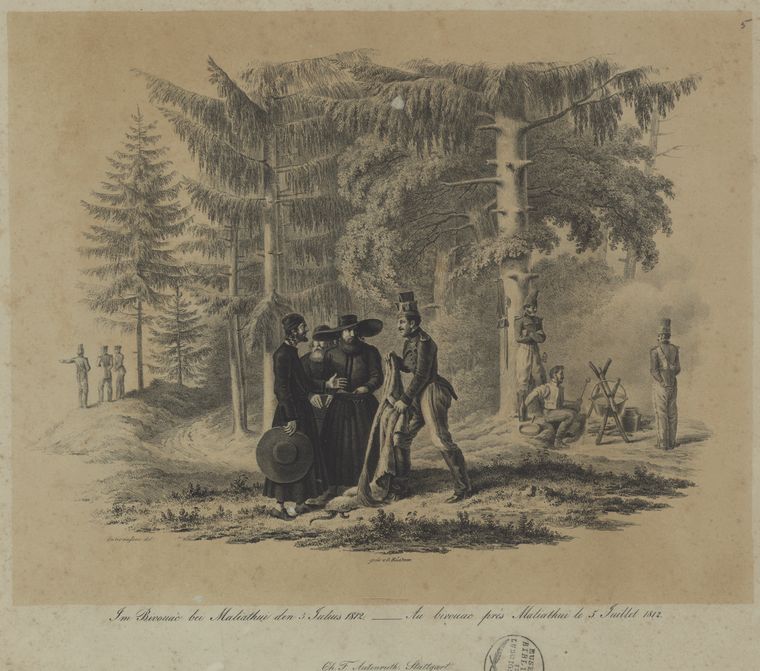
How the Jesuit Adomas Minkevičius learned the Lithuanian language during his journey to Salos
How the Jesuit Adam Minkiewicz learned Lithuanian on a trip to Marikony's Manor in Solos Travel testimonies, descriptions of roads and traveling conditions are more abundant in the correspondence; yet, they have been scarcely researched so far.
For instance, in the summer of 1720, Jesuit Adam Minkiewicz (1684–1740) in his letter written from Szeszole (today, Šešuoliai, Lithuania) described to an unknown addressee the route of the trip from Widzieniszki (Videniškės) to Soły (Salos) together with his personal impressions and the ‘New Latinism’.
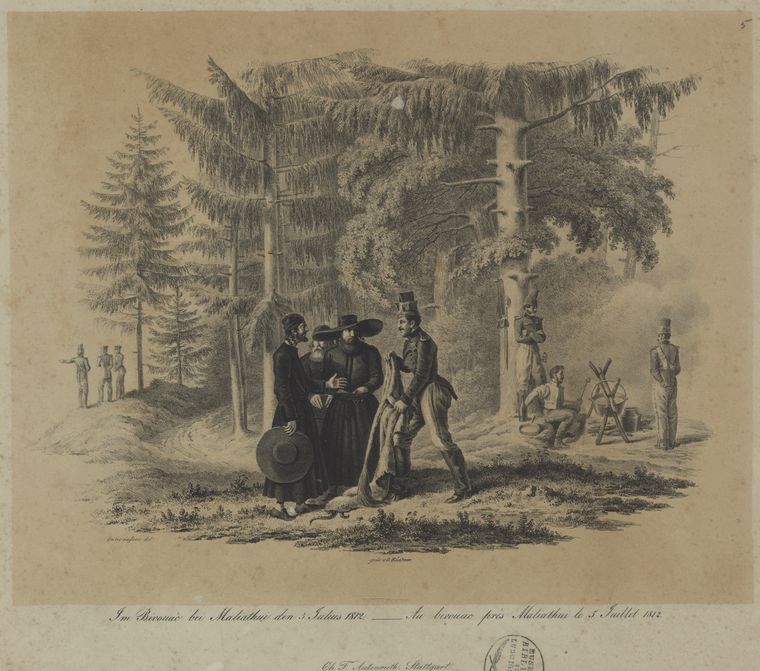
The theologian of the Bishop of Vilnius Konstanty Kazimierz Brzostowski described the Lithuanian language used and even learned some of it so that to correctly pronounce Wardan Diewa Tiewa (In the name of God: Father) and labanakt (good night), to understand what the words valgyti (to eat), gerti (to drink), miegoti (to sleep), vaikščioti (to walk) mean in Lithuanian. Minkiewicz wrote somewhat ironically in his letter: <I am being taught the new Latin, which does not exist in Rome, Paris, Cologne, Poland or anywhere else in the world, but only in Lithuania, Latvia and Samogitia. And what is spoken by these tribes, the same can be heard in Italy, and is spoken as well here as there. And I have made enough progress, because now I know the words valgyti (eat), gerti (drink), miegoti (sleep), vaikšioti (walk), and I wished labanakt (good night) to such a curly-headed man (Me hic docent Novum Latinismum, quod nec eſt in Roma, nec in Parrhisia, nec in Colonia, nec in Polonia, aut alibi ex qvatuor mundi partibus, sed tantum in Litvania, Lotavia, et Samogitia, et dicunt qvod iſtæ Gentes idem sunt cum Italia, et ita bene garriunt hic sicut ibi. Et jam multum nimis profeci, jam enim scio, comedere, bibere, dormire, ambulare, et bonam noctem precavi tali criſpo)> Adam Minkiewicz told that, after Joninės (Saint John’s; June 24) in Widzieniszki, he departed at night down the Malaty (Molėtai) road. Then, in the daytime he passed Kukuciszki (Kuktiškės), Uciana (Utena), Wiżuny (Vyžuonos) and Świadoście (Svėdasai) until he reached the manor of Marykoni (Marikonis) in Soły (Salos; he recorded for himself in Latin ad Sollos), where he baptized the son of Marcjan Józef Dąbrowski, a judge specializing in land-related cases from Wiłkomierz (Ukmergė). Then, he returned to Vilnius via Śnipiszki (Šnipiškės).
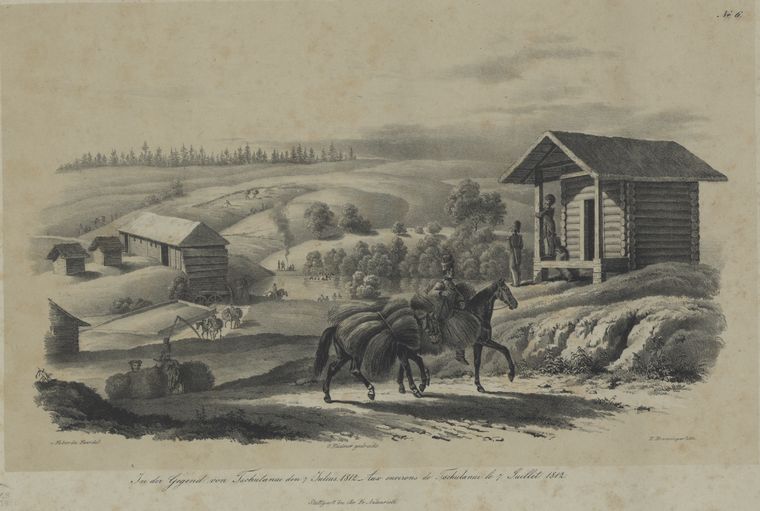
The "new Latin" mentioned in the letter could be a hint of the theory of Lithuanian descent from the Romans, which was popular in 18th-century Lithuanian society (it was differed from the Polish Sarmatian theory). In support of this theory, the connection of the sound of individual Lithuanian words with Latin (Italian) was noted. A. Minkevičius, who was born in the province of Ašmena and joined the Society of Jesus in 1699 (he is also known as the author of the work Ex universa philosophia theses published in 1718), did not speak Lithuanian, unlike the unnamed addressee. Minkevičius wrote ironically about learning it, but he was forced to adapt to his surroundings - Lithuanian is spoken in Videniškės and other parts of Aukštaitija. From the point of view of the culture of travel, it is important to note that the journey to Salos near Rokiškis not via Balninkai and Anykščiai, but via Molėtai and Kuktiškės.
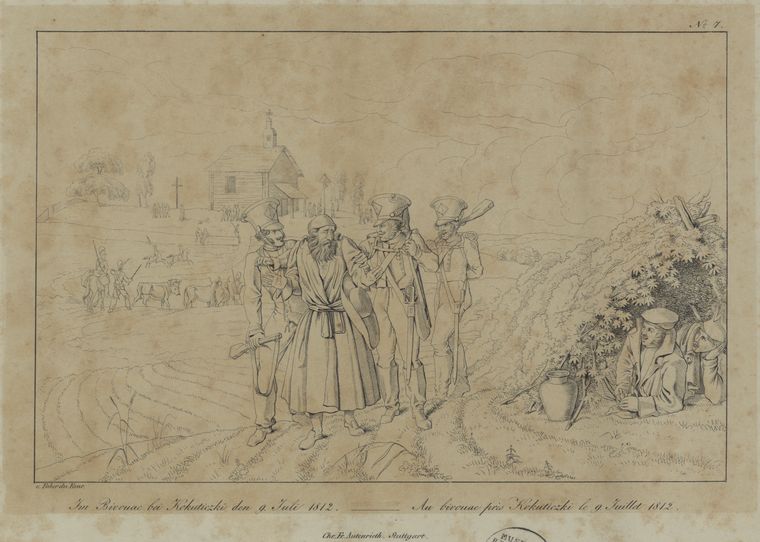
Sources: List of Adam Minkiewicz, 1720, LMAVB, F43-27041; Acts of visitations of the deanery of Pabaiskas (Pobojsk), LVIA, f. SA, nr. 18580; Tomas Čelkis, Visi keliai veda pro Molėtus, iš Molėtų krašto istorinės atodangos, Molėtai, 2023p. 54-62.
Kiti pasakojimai:
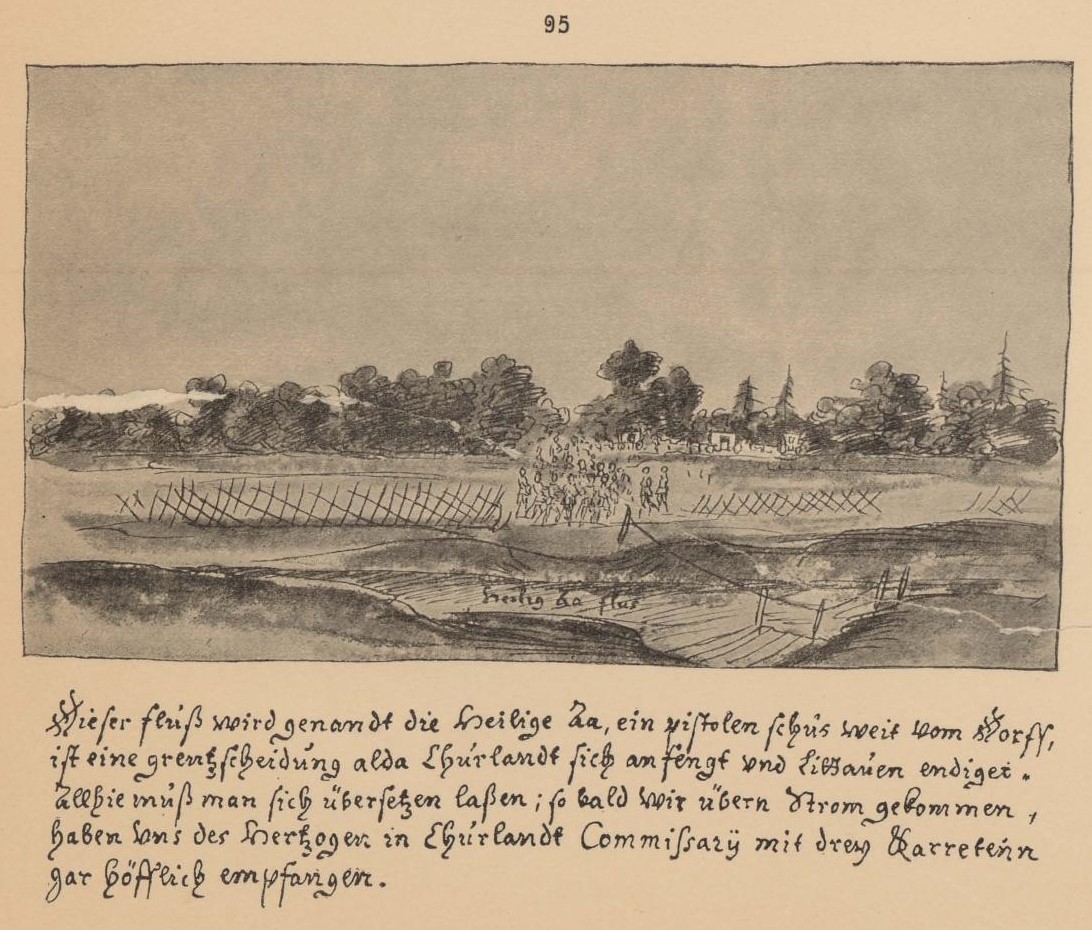 ">
">